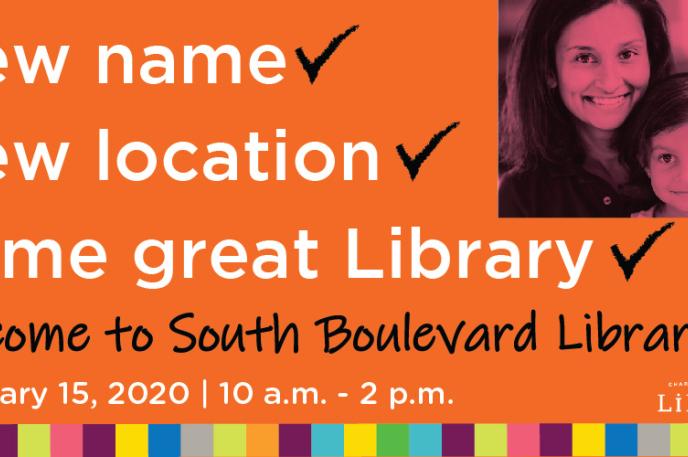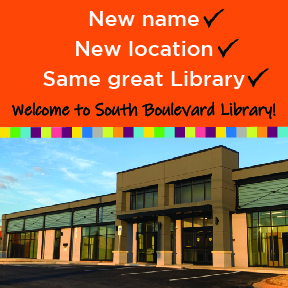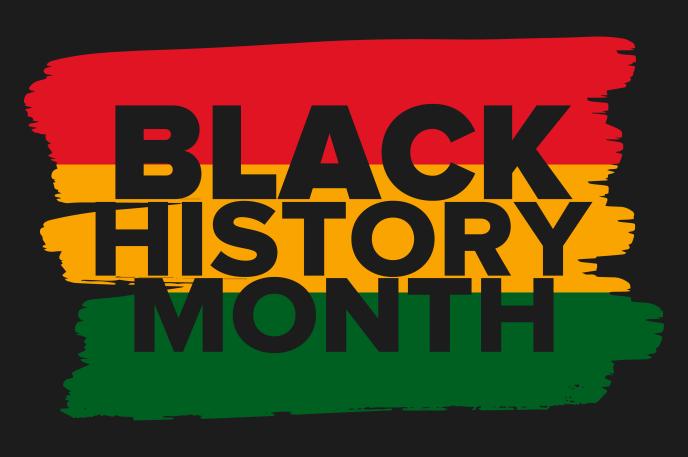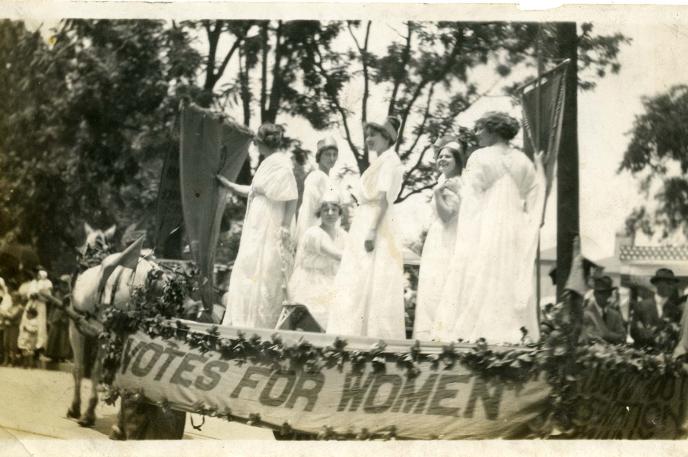
5 ways an internship can create opportunities for success
August 28, 2019
What’s one more thing to add to an already hectic schedule during your final year of college? An internship. Sure, the idea of partying and celebrating your forthcoming freedom from school seems enticing, but snagging an internship (when a student works for an organization -- paid or unpaid, providing an opportunity to gain valuable experience, learn new and useful skills and make priceless connections) is beneficial in the long run. An internship can last anywhere from three to six months, so it doesn’t take up your entire final year of college. Think about all the things that you’ve learned as a student and the advantage an internship will provide when you finally enter the workforce.
Here are some great reasons to consider an internship:
- Gaining valuable experience - This is your chance to “try out” the job or career of your choice. You also gain skills that you can only learn on the job and you’ll have the opportunity to demonstrate them. The individuals you work with during your internship can vouch for your skills and experience as professional references in the future.
- Spruce up your resume - This is important. College is a great way to start the journey to your dream career by participating in clubs and organizations, but viable experience as an intern could catch the eye of a potential employer, giving you an edge over others in the job market.
- Developing skills – Despite feeling like you’ve learned everything, your skillset is limited when you first finish school. An internship will help develop and enhance both soft and hard skills. Today’s employers are just as interested in your soft or transferable skills as they are in job-specific skills.
- Building relevant relationships - Networking is a vital skill to have in the job market. The relationships that you build while interning are critical to your future success.
- Meet your mentor – You’ll need direction and one of the best ways to get that is to acquire a mentor. Many people meet their mentors during their internship. Mentors are experienced and trusted advisers -- they are among the key relationships you’ll form because they work with you to ensure your growth and success. Mentorship is not a one-way relationship -- it requires give, take and nurturing to be effective.
Interested in interning? Learning more about finding an internship is as easy as visiting your college career center. The staff can help you succeed by connecting you to resources. Your school also may have a partnership with large corporations and medium-sized businesses to offer internships to students just like you.
It’s important that students seeking to move into the workforce after school take advantage of internships because they create opportunities for individuals long after completion. Finding a job fresh out of school can be tough, so the more experience you can add to the work experience section of your resume, the better.
But, don’t be mistaken. Internships are not all fun and games. They are meant to test your ability to work a job and give you hands-on, industry-specific experience. An internship is a real-time, and real-life, simulation of what you’ve learned in class.
Now, take the first step into your future and sign up for an internship!
This blog was written by De'Trice Fox

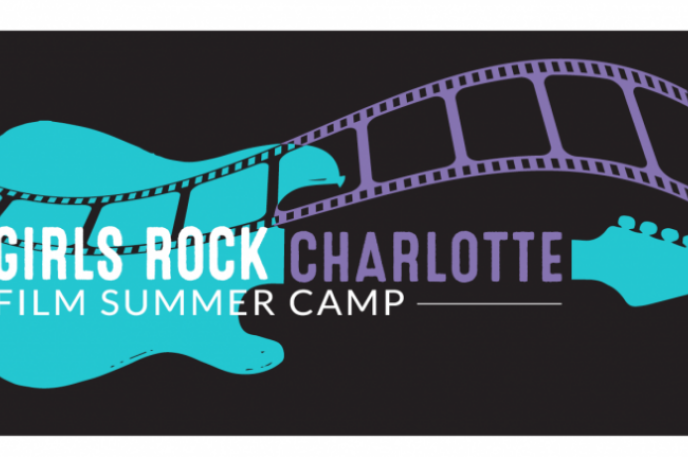
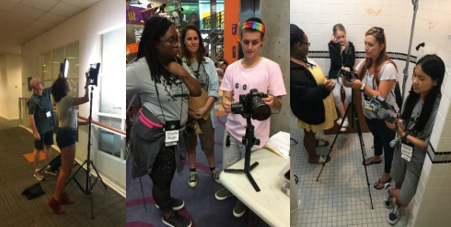 The scripts for the films were chosen by camp leadership such as GRC Executive Director, Kelly Finley, and a Women’s and Gender Studies professor at UNCC. Finley met with Charlotte Mecklenburg Library's Chief Innovation Officer, Seth Ervin, to discuss the camps innovative approach to creating job opportunities for young people and making a positive change in the film industry. Ervin has also brought other film making opportunities to the library for teens and adults, including a partnership with the
The scripts for the films were chosen by camp leadership such as GRC Executive Director, Kelly Finley, and a Women’s and Gender Studies professor at UNCC. Finley met with Charlotte Mecklenburg Library's Chief Innovation Officer, Seth Ervin, to discuss the camps innovative approach to creating job opportunities for young people and making a positive change in the film industry. Ervin has also brought other film making opportunities to the library for teens and adults, including a partnership with the 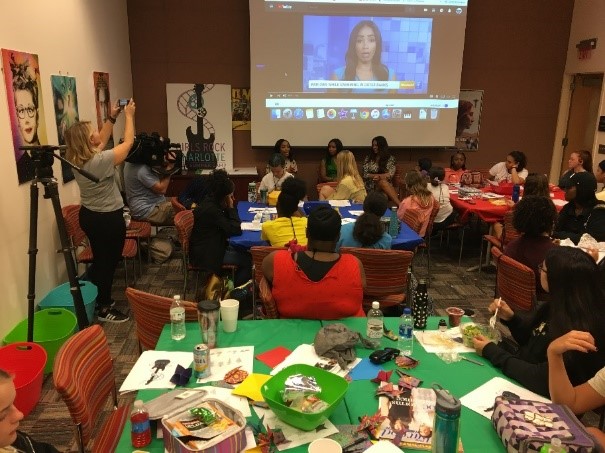 During the week of July 28 – August 3, girls and female filmmaker volunteers gathered in meeting spaces at Main Library and ImaginOn to learn the roles of director, camera, editor, art director, lighting, sound and more. Staffing the camp with all women filmmakers was especially difficult. Jolly Dale, a producer for "The Walking Dead" and the GRC Film Camp Director said, “Finding female film professionals is difficult in general because there just aren’t that many of them. Finding female film professionals to also give up their time and employment for a day or more to volunteer with GRC Film Camp is even more challenging - because those few are in high demand in the industry. With Film Camp, we’re trying to grow the percentage of women working in media, and in the process, effect change in how women and women’s issues are represented on screen.”
During the week of July 28 – August 3, girls and female filmmaker volunteers gathered in meeting spaces at Main Library and ImaginOn to learn the roles of director, camera, editor, art director, lighting, sound and more. Staffing the camp with all women filmmakers was especially difficult. Jolly Dale, a producer for "The Walking Dead" and the GRC Film Camp Director said, “Finding female film professionals is difficult in general because there just aren’t that many of them. Finding female film professionals to also give up their time and employment for a day or more to volunteer with GRC Film Camp is even more challenging - because those few are in high demand in the industry. With Film Camp, we’re trying to grow the percentage of women working in media, and in the process, effect change in how women and women’s issues are represented on screen.”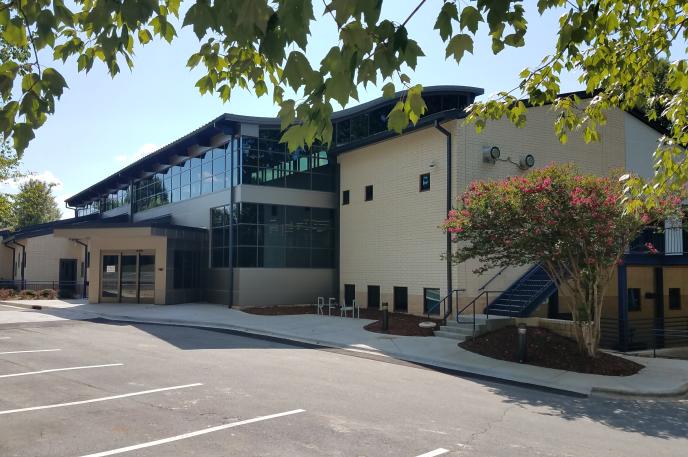
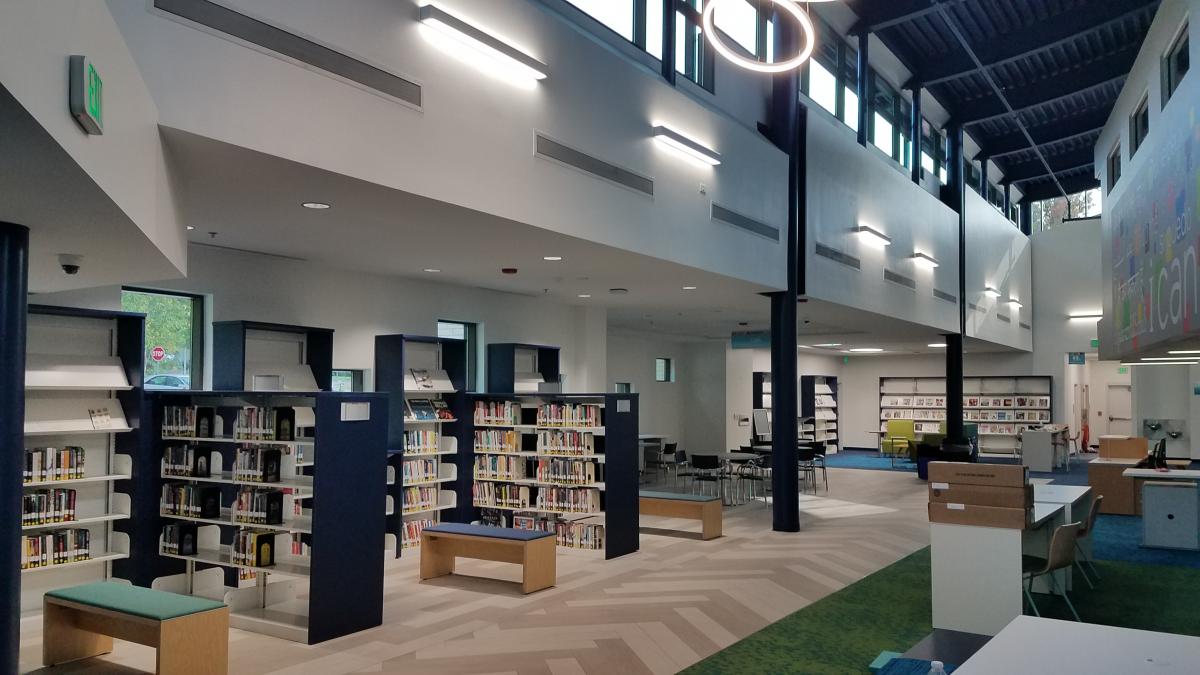 North County Regional Library (located at 16550 Holly Crest Lane, Huntersville, 28078) increased by 1,860 square feet to nearly 24,860 square feet and now includes redesigned spaces for children and teens, including a new Teen Loft, a makerspace room, an expanded community room, individual and group study rooms and collaborative spaces, a vending café, and a patio and terrace. Features include free Wi-Fi, audio-visual capabilities and a public computer lab. A new exterior book/materials drop is part of the new traffic flow in the parking lot. The North County Regional Library is also updated with an efficient checkout system using radio frequency identification (RFID) and an automated materials handling (AMH) unit.
North County Regional Library (located at 16550 Holly Crest Lane, Huntersville, 28078) increased by 1,860 square feet to nearly 24,860 square feet and now includes redesigned spaces for children and teens, including a new Teen Loft, a makerspace room, an expanded community room, individual and group study rooms and collaborative spaces, a vending café, and a patio and terrace. Features include free Wi-Fi, audio-visual capabilities and a public computer lab. A new exterior book/materials drop is part of the new traffic flow in the parking lot. The North County Regional Library is also updated with an efficient checkout system using radio frequency identification (RFID) and an automated materials handling (AMH) unit.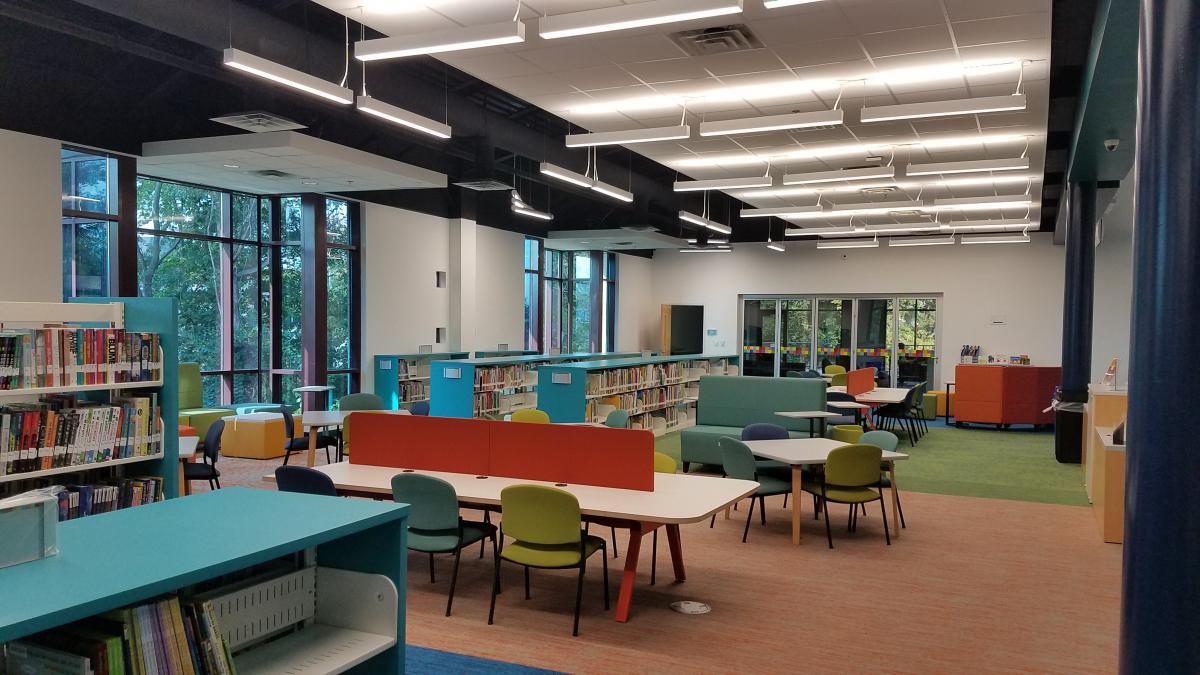 Starting October 7, North County Regional Library will resume normal operating hours. The Library will be open Mondays through Thursdays 9 a.m. - 8 p.m.; Fridays and Saturdays 9 a.m. - 5 p.m.; and Sundays 1 p.m. - 5 p.m. Hours may vary in summer.
Starting October 7, North County Regional Library will resume normal operating hours. The Library will be open Mondays through Thursdays 9 a.m. - 8 p.m.; Fridays and Saturdays 9 a.m. - 5 p.m.; and Sundays 1 p.m. - 5 p.m. Hours may vary in summer. 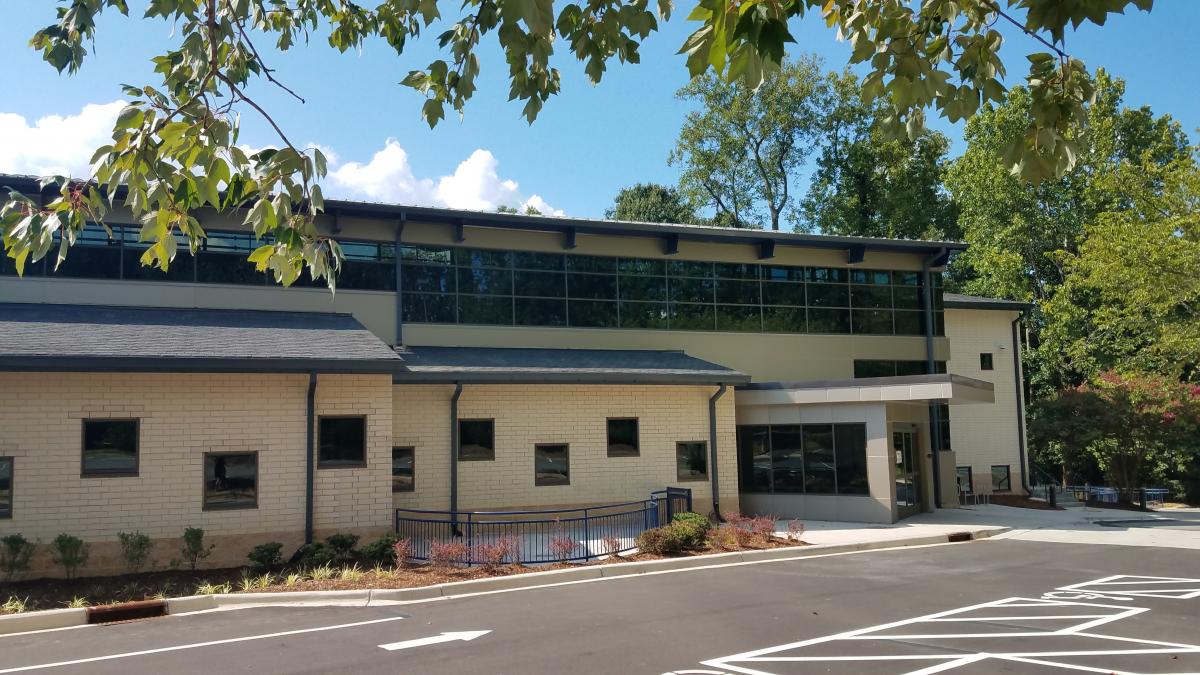 One of North County Regional's newest features is an exterior drive-through book/materials drop with a new traffic flow in the parking lot to accommodate this improvement. (Book/materials drop open October 7.) Please watch for and follow the directional signs.
One of North County Regional's newest features is an exterior drive-through book/materials drop with a new traffic flow in the parking lot to accommodate this improvement. (Book/materials drop open October 7.) Please watch for and follow the directional signs.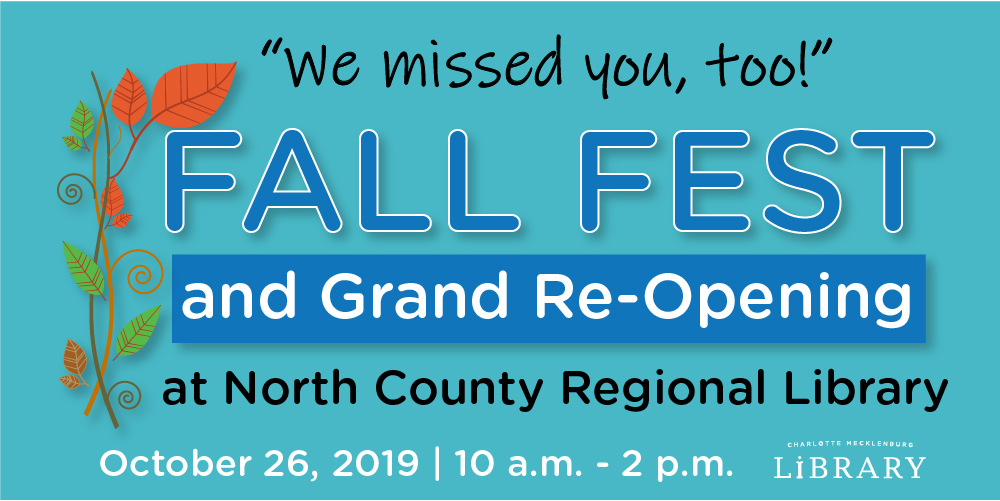
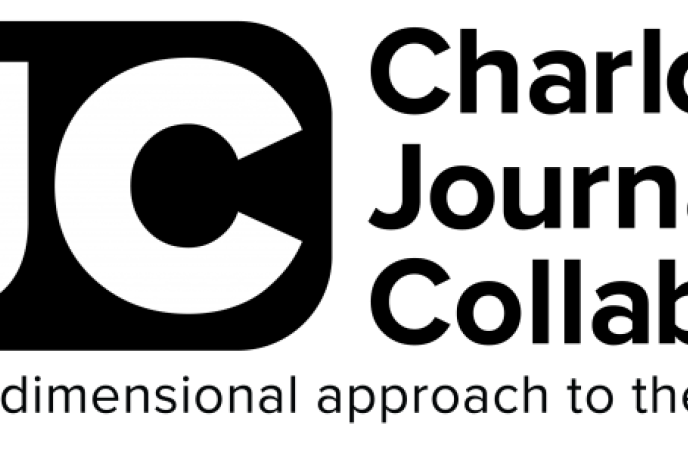
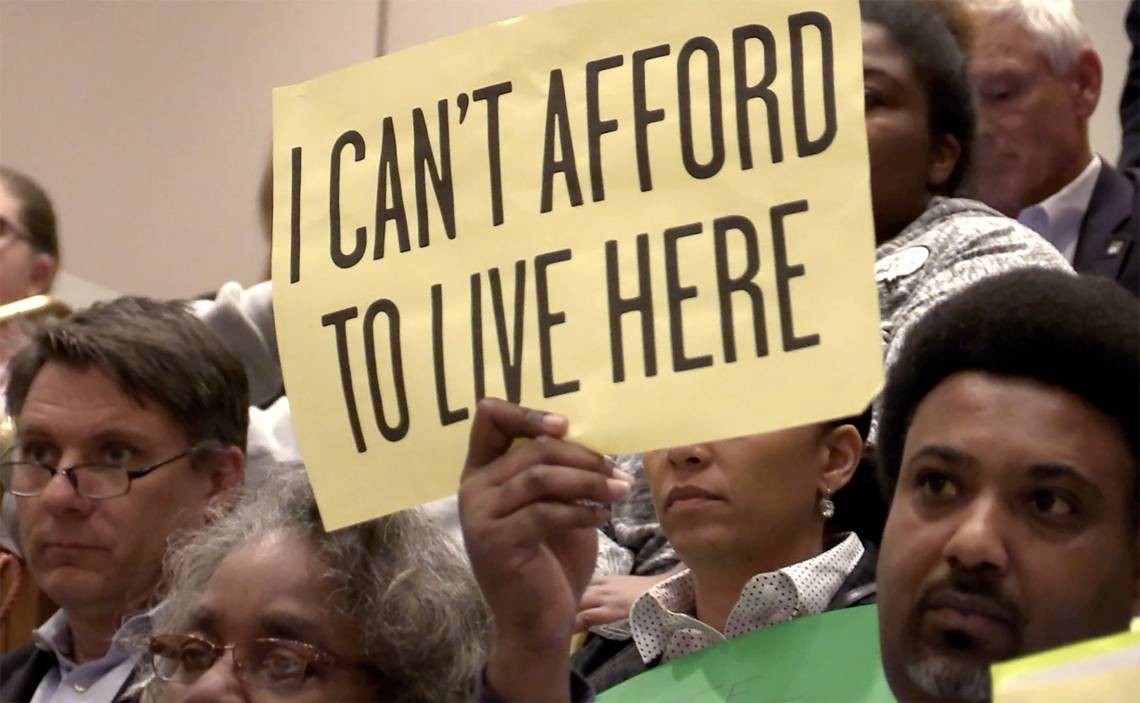 The CJC is also planning to host a community conversation about affordable housing on October 13, 2019 at ImaginOn: The Joe and Joan Martin Center to highlight local people who are making a difference in the affordable housing conversation, along with groundbreaking solutions. If you know someone who is making a difference in this area, please consider
The CJC is also planning to host a community conversation about affordable housing on October 13, 2019 at ImaginOn: The Joe and Joan Martin Center to highlight local people who are making a difference in the affordable housing conversation, along with groundbreaking solutions. If you know someone who is making a difference in this area, please consider 